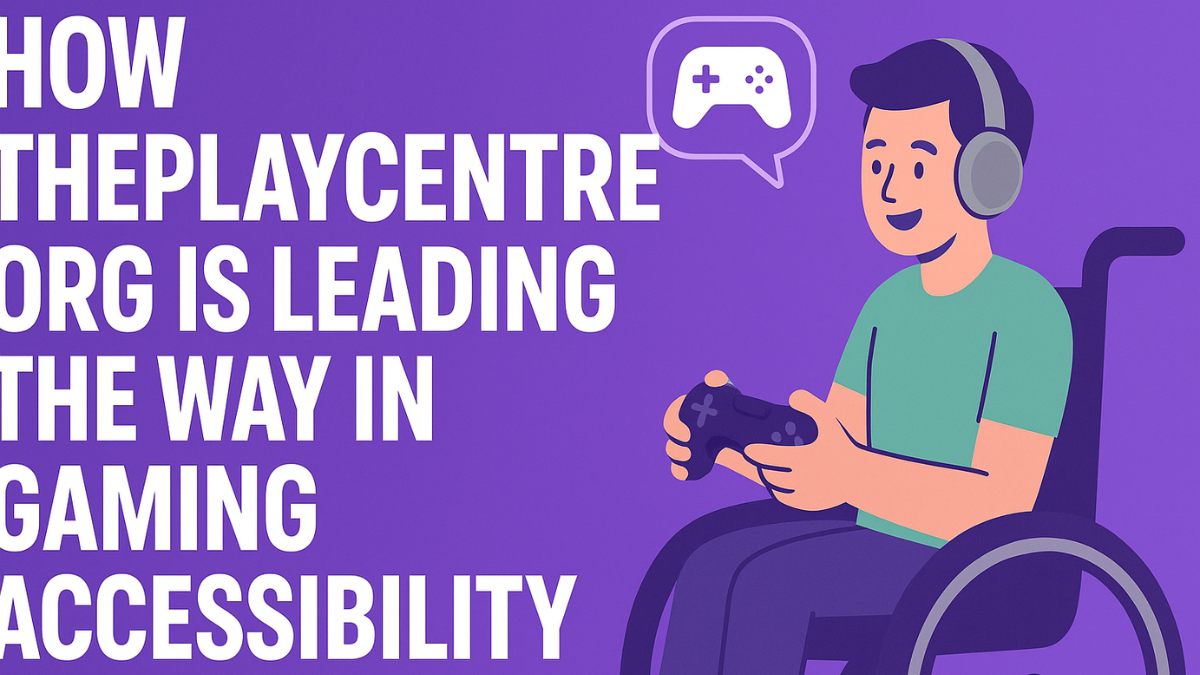Streamlining Hiring Processes for Modern Teams
Key Takeaways:
- Implementing technology can significantly enhance recruitment efficiency.
- Collaborative hiring practices lead to better candidate selection.
- Clear communication and structured onboarding improve candidate experience.
Table of Contents:
- Introduction
- Leveraging Technology in Recruitment
- Collaborative Hiring Practices
- Enhancing Candidate Experience
- Structured Onboarding Processes
- Continuous Improvement and Feedback
- Conclusion
Introduction
The competition for talent in today’s business climate means hiring processes must be efficient and effective. Outdated or cumbersome hiring procedures can result in high-quality candidates slipping away to faster-moving competitors. Modern organizations are turning to innovative solutions to streamline each step of recruitment, aiming to secure the best talent and foster an agile workforce. One proven method for improving recruitment speed and quality is learning from hiring hacks used by leading tech companies, emphasizing automation, collaboration, and structure across the hiring journey.
Strategically enhancing recruitment isn’t just about speeding things up but also removing barriers for candidates and hiring teams. Technology-enabled processes amplify the reach of open roles, reduce hiring bias, and support data-driven decisions. As more companies embrace digital transformation in HR, blending the advantages of innovative tools and human insight is crucial for optimal outcomes.
Traditionally, hiring has been a siloed activity, handled by individual managers or HR. However, the needs of modern teams demand a broader, more integrated approach. Cross-departmental collaboration in hiring ensures that recruitment reflects the company’s culture, mission, and operational goals, improving the odds of lasting hires.
Equally important is the candidate’s experience. The impression candidates form during recruitment profoundly shapes their perception of the organization, potentially influencing whether they become lasting ambassadors for the brand. Simple improvements—such as consistent communication, transparency, and timely feedback—can significantly impact overall success.
Leveraging Technology in Recruitment
Adopting advanced technology has revolutionized the recruitment process. Applicant Tracking Systems (ATS) do more than automate job postings—they centralize candidate data, facilitate communication, and streamline even the most complex hiring workflows. Utilizing AI-driven screening tools, hiring teams can quickly match candidates to roles based on company-defined skills and values, minimizing unconscious bias and saving countless hours of manual review. For example, as highlighted by Harvard Business Review, top organizations leverage predictive analytics to identify high-potential employees early in the recruitment process.
Mobile-friendly recruitment platforms, video interviewing tools, and digital assessment centers are now mainstream, offering flexibility and reach. This benefits recruiters, who can access broader talent pools, and candidates, who enjoy a more convenient application process. Implementing advanced analytics provides deeper insights into recruitment metrics, enabling organizations to optimize their hiring efforts continually.

Collaborative Hiring Practices
A truly effective hiring process isn’t the sole responsibility of HR, but a partnership across departments. When team members from various functions contribute to assessments and interviews, they collectively evaluate a candidate’s cultural fit and technical ability. This inclusive approach helps mitigate blind spots and ensures that new hires are positioned to thrive within the organizational environment.
Benefits of Cross-Functional Input
Collaboration in recruitment extends judgment beyond a single perspective, lowering the risks of misfires and increasing innovation through diverse input. Panel interviews, peer reviews, and joint evaluation sessions provide a holistic view of each candidate, ensuring they align with current team dynamics and future business expansion.
When organizations apply best practices in collaborative hiring, it often leads to new strategies and perspectives that enhance the hiring process and team development. Studies from SHRM support this, noting that collaborative teams consistently report higher satisfaction with new hires.
Enhancing Candidate Experience
Job seekers today expect a transparent and engaging recruitment process. Timely updates through ATS-generated notifications, personalized communication at each stage, and clear outlines of next steps convey respect for the candidate’s time and efforts. Automated systems can help employers ensure that every applicant—regardless of outcome—receives feedback, improving the company’s employer brand and leaving doors open for future hiring cycles.
Making every interaction positive also extends to the interview stage. Standardized processes, such as structured interview guides and consistent interviewer training, help reduce stress and keep the playing field level for every candidate. As Forbes describes, a well-crafted candidate experience can sway top applicants in your favor, even during challenging hiring climates.
Structured Onboarding Processes
A disorganized onboarding experience can undo the benefits of a fast and friendly hiring process. Structured onboarding bridges the gap between recruitment and long-term retention, ensuring every new hire feels welcome and equipped from day one. Automated onboarding programs walk new employees through paperwork, introduce core team members, and clearly communicate company expectations before their first official day.
Accelerating Productivity and Belonging
A robust onboarding framework supports new hires as they integrate, learn systems, and adapt to company culture. Digital training platforms and onboarding checklists can help ensure a consistent experience. This enables new employees to become productive quickly and cultivates immediate engagement—key to reducing early turnover rates and building a stable, committed workforce.
Continuous Improvement and Feedback
Modern hiring doesn’t stand still. Regular analysis of recruitment data and structured feedback collection from new hires and hiring managers enable continuous improvement. By monitoring metrics like time-to-hire, offer acceptance rates, and candidate satisfaction, organizations can quickly identify and address bottlenecks.
Additionally, staying informed about new recruiting trends via professional organizations and industry publications allows businesses to adopt emerging best practices. Continuous learning and systematic improvements ensure your hiring process evolves along with the workforce’s needs.
Conclusion
By embracing technology, fostering cross-functional partnerships, and prioritizing the candidate journey and employee onboarding, organizations can transform their hiring process from a necessary task to a competitive advantage. Streamlined hiring attracts exceptional talent and sets the foundation for long-term organizational growth and innovation.
news via inbox
Mail us for latest news and updates







